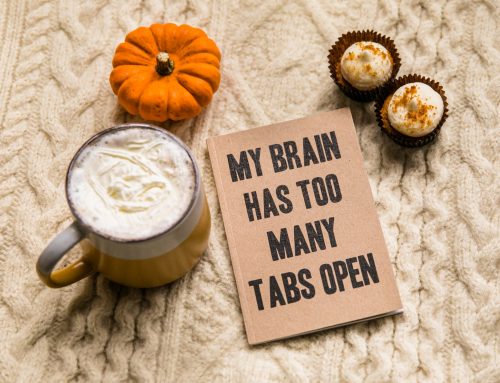Study used data from cell phone apps and watches, brain activity and lifestyle factors to generate predictions of depression; results could lead to individualized treatment plans for mental health
June 08, 2021 | Michelle Brubaker
According to the National Alliance on Mental Illness and the World Health Organization, depression affects 16 million Americans and 322 million people worldwide. Emerging evidence suggests that the COVID-19 pandemic is further exacerbating the prevalence of depression in the general population. With this trajectory, it is evident that more effective strategies are needed for therapeutics that address this critical public health issue.
In a recent study, publishing in the June 8, 2021 online edition of Nature Translational Psychiatry , researchers at University of California San Diego School of Medicine used a combination of modalities, such as measuring brain function, cognition and lifestyle factors, to generate individualized predictions of depression.
The machine learning and personalized approach took into account several factors related to an individual’s subjective symptoms, such as sleep, exercise, diet, stress, cognitive performance and brain activity.
“There are different underlying reasons and causes for depression,” said Jyoti Mishra, PhD, senior author of the study, director of NEATLabs and assistant professor in the Department of Psychiatry at UC San Diego School of Medicine. “Simply put, current health care standards are mostly just asking people how they feel and then writing a prescription for medication. Those first-line treatments have been shown to be only mild to moderately effective in large trials.
“Depression is a multifaceted illness, and we need to approach it with personalized treatment whether that be therapy with a mental health professional, more exercise or a combination of approaches.”
The one-month study collected data from 14 participants with depression using smartphone applications and wearables (like smart watches) to measure mood and lifestyle variables of sleep, exercise, diet and stress, and paired these with cognitive evaluations and electroencephalography, using electrodes on the scalp to record brain activity.






